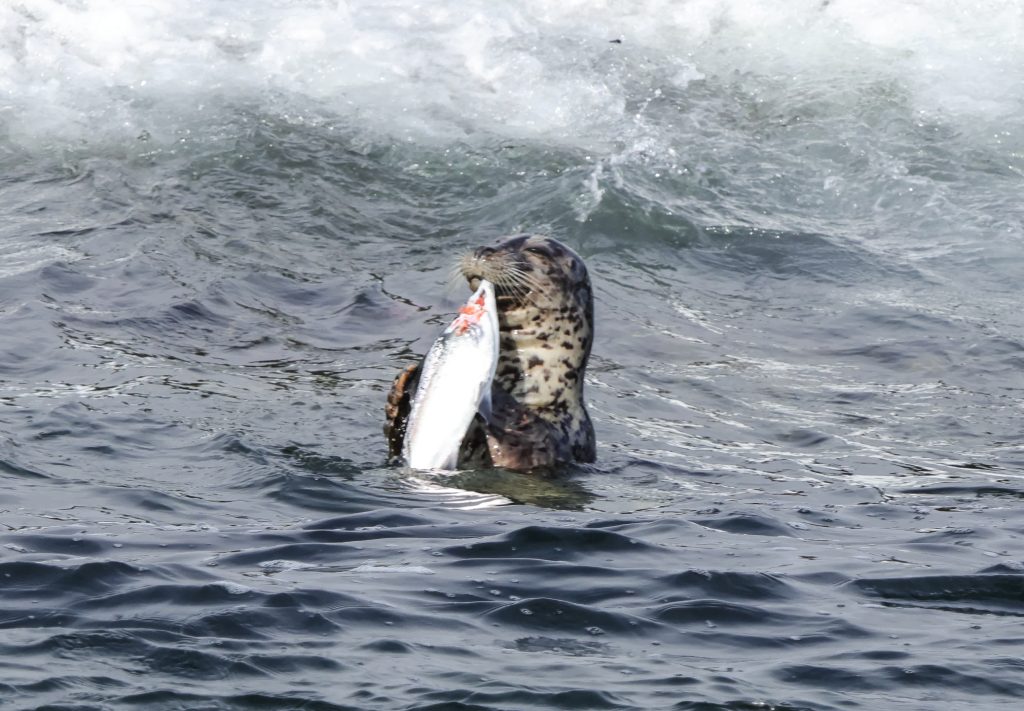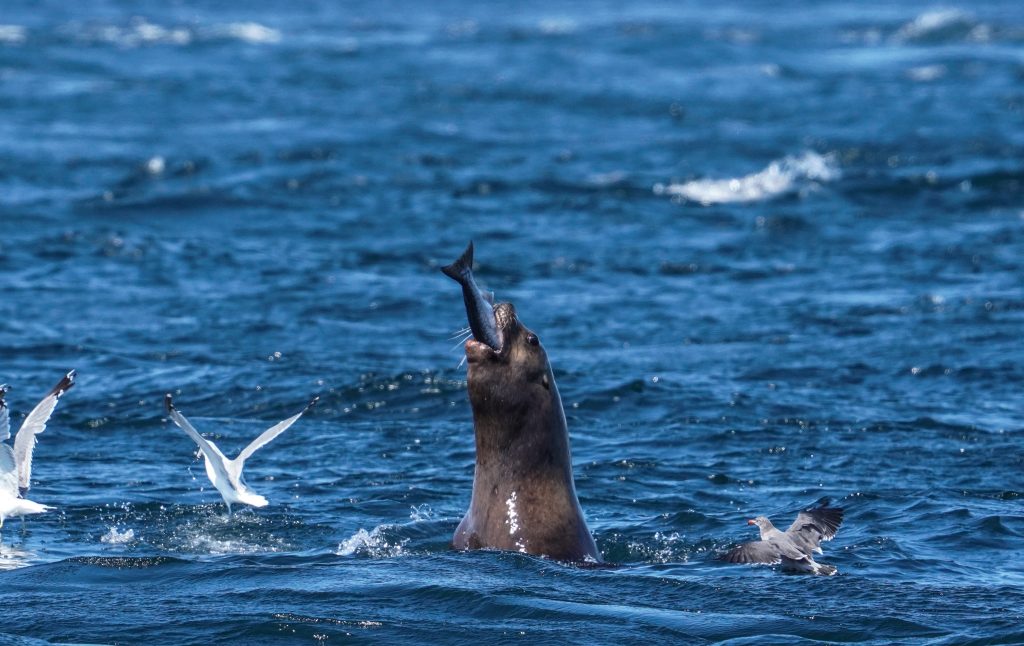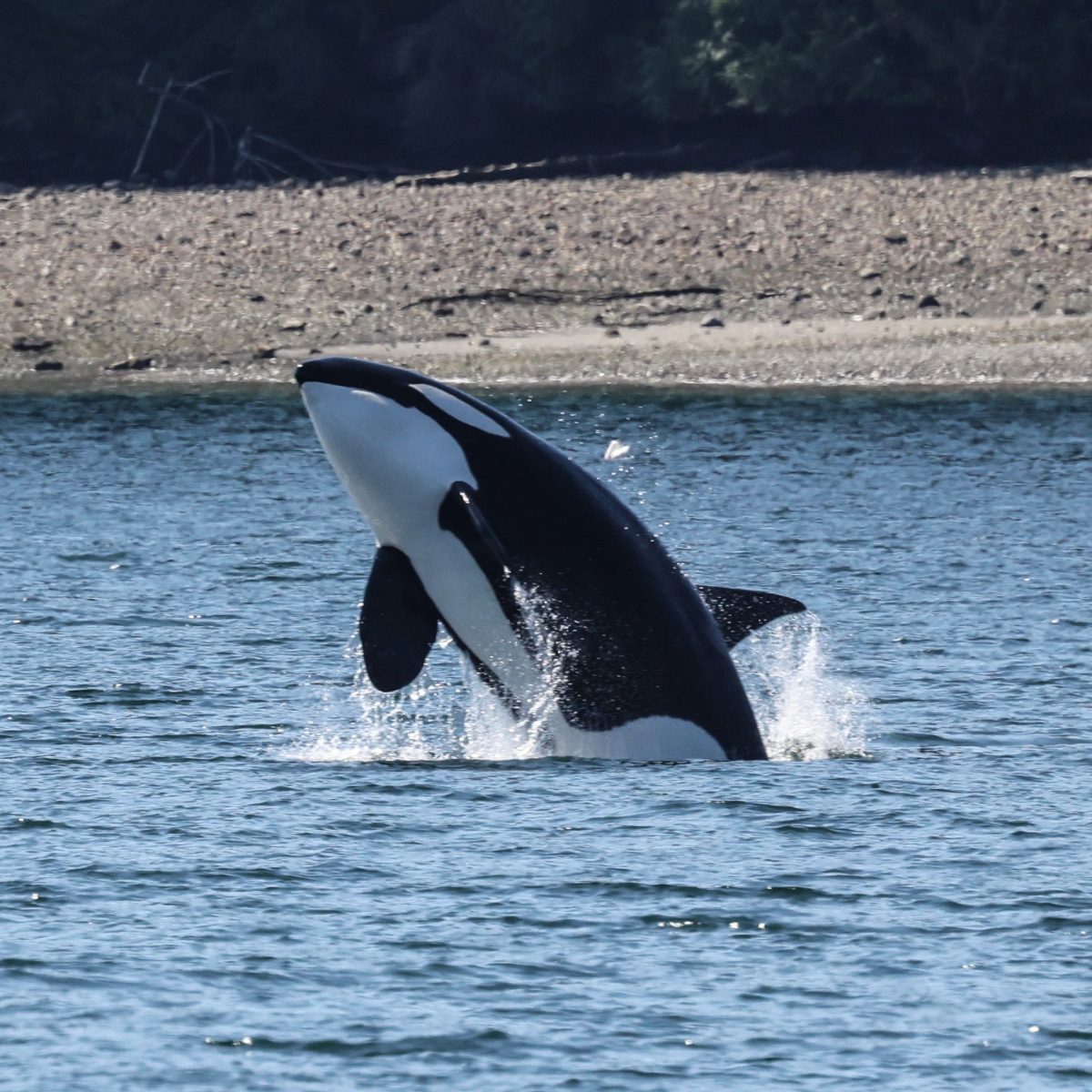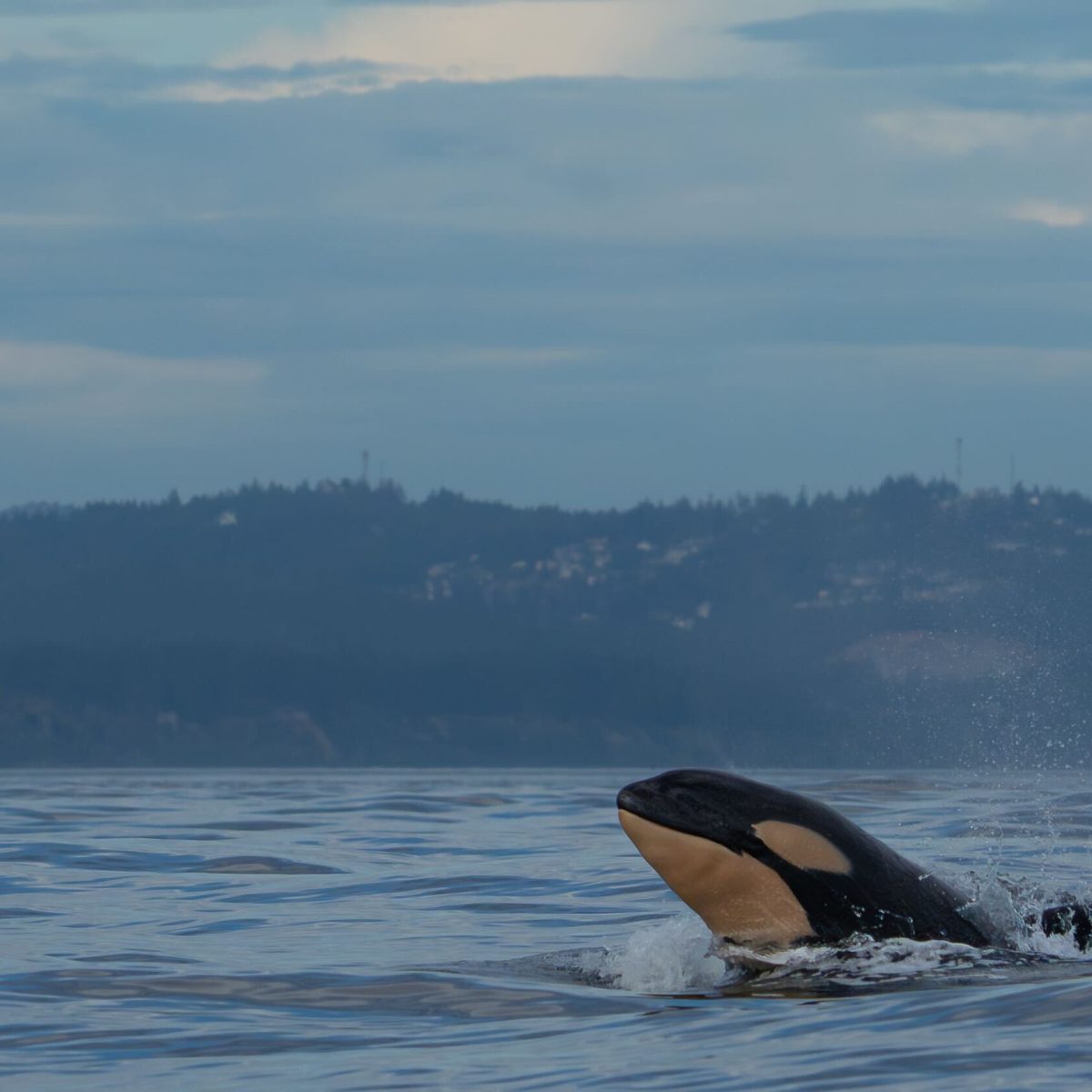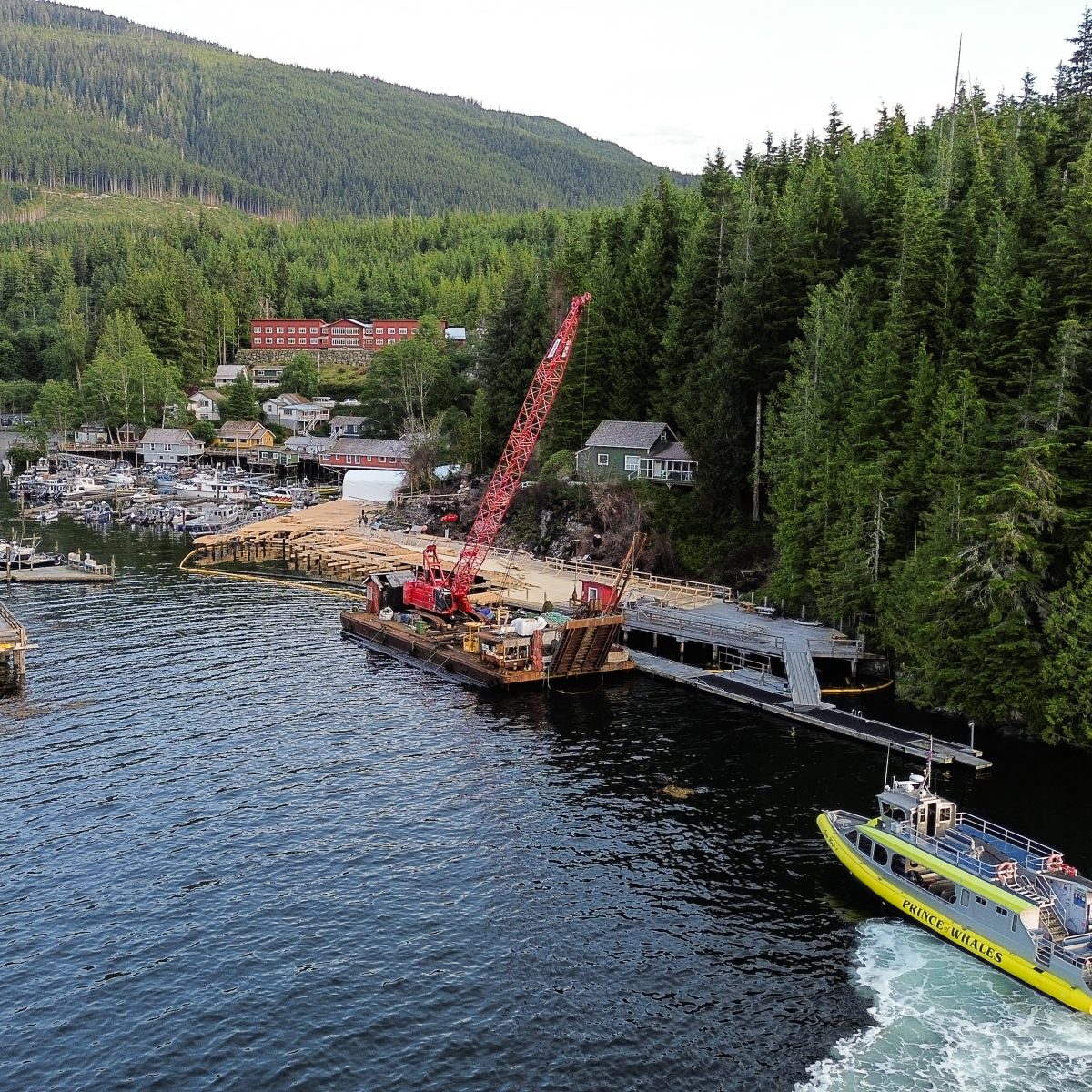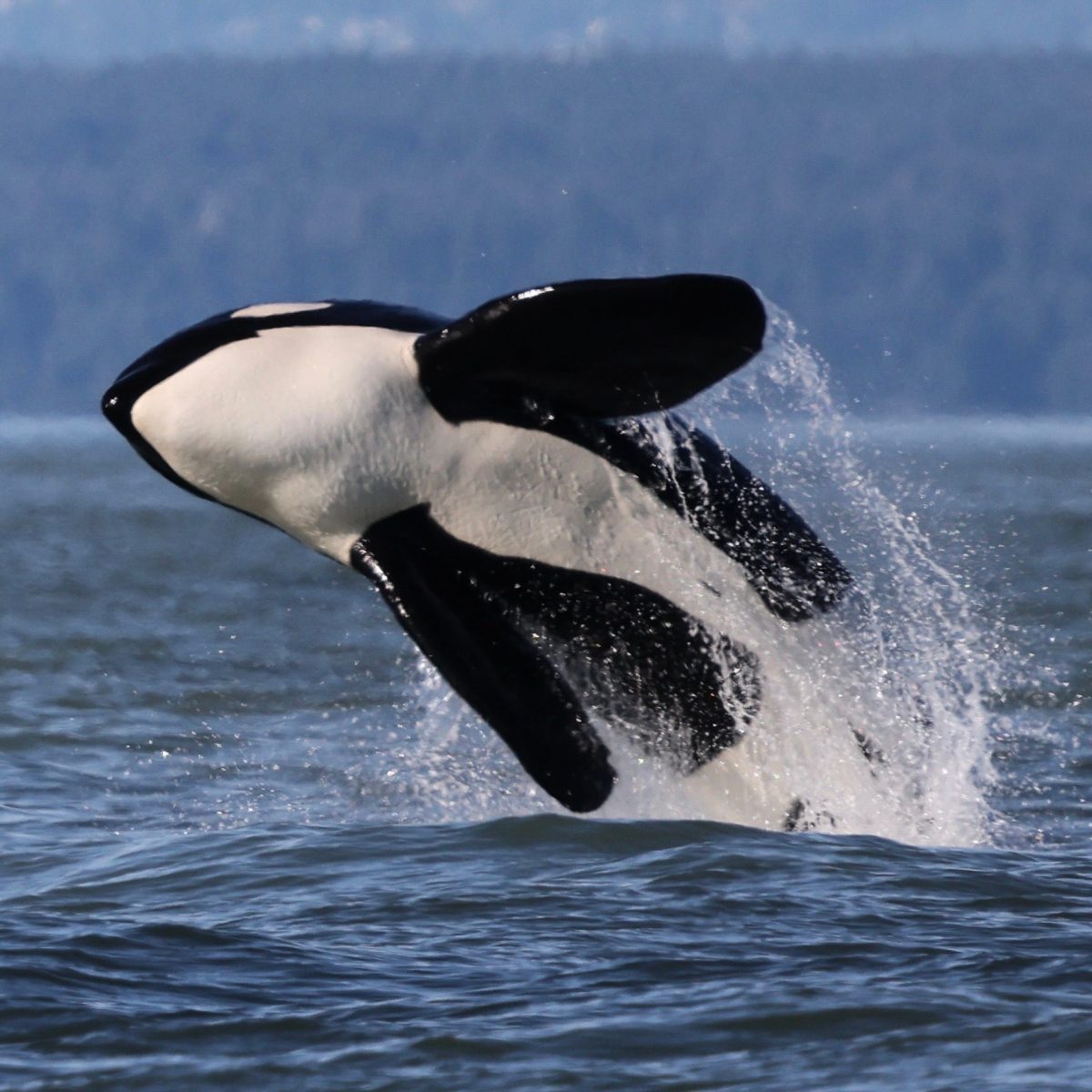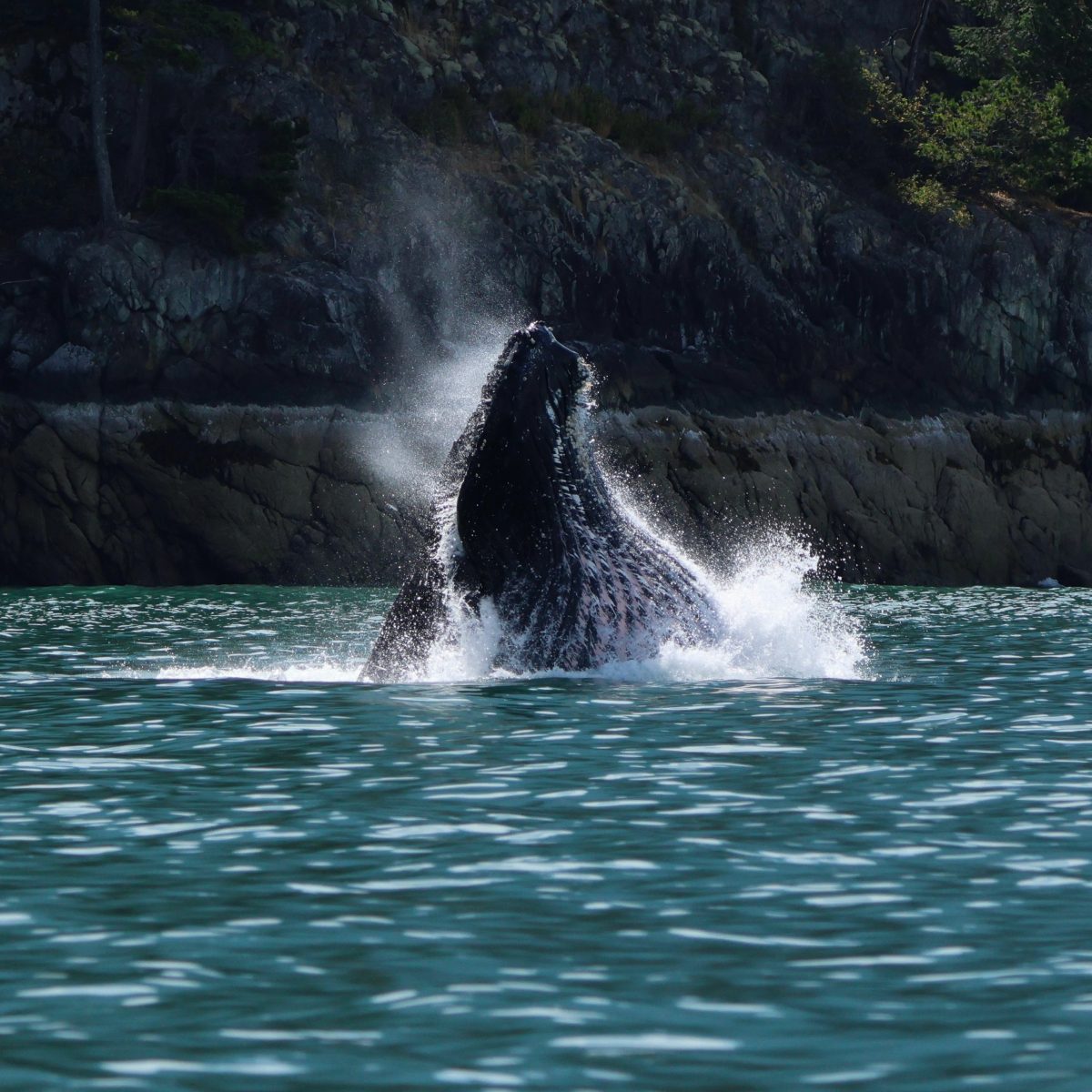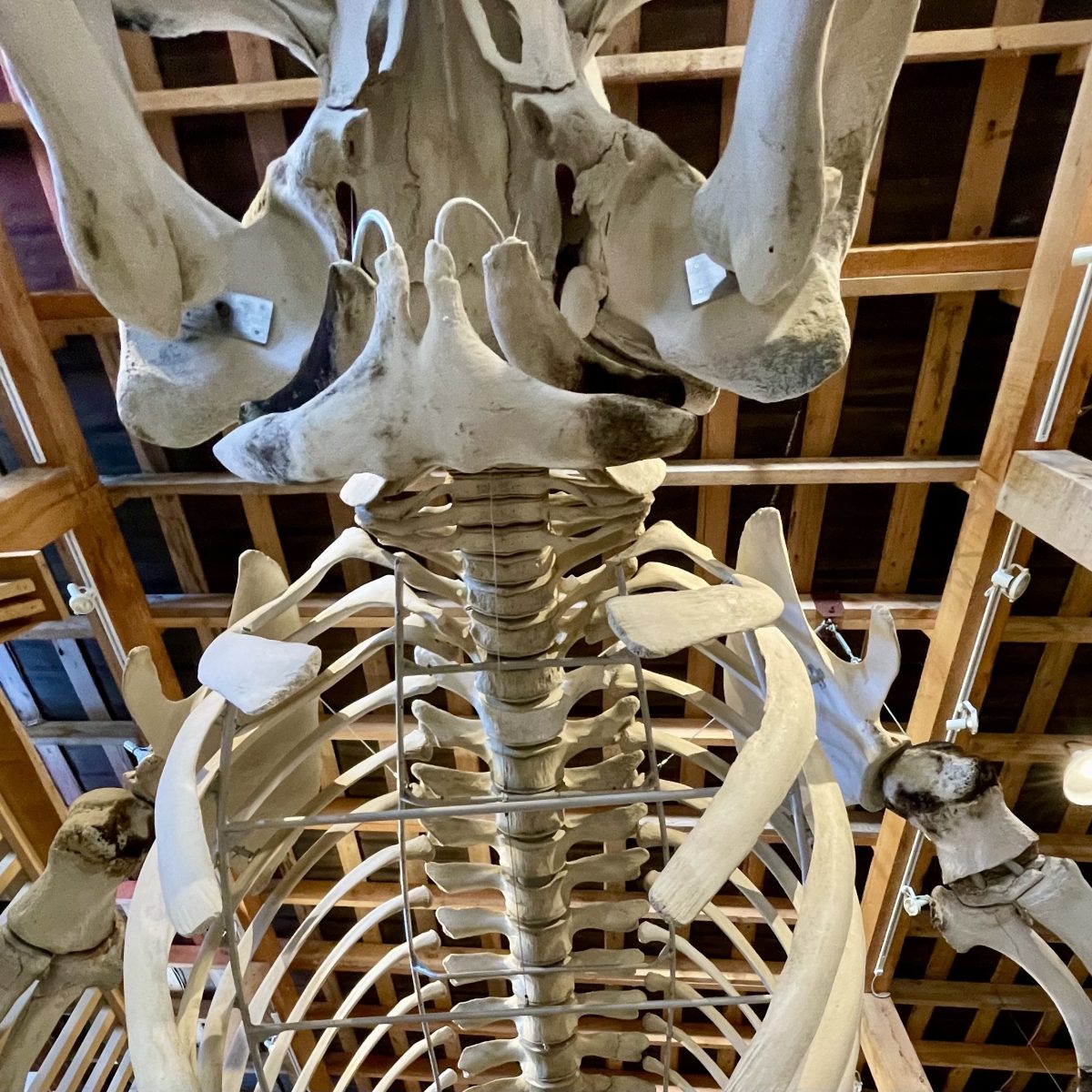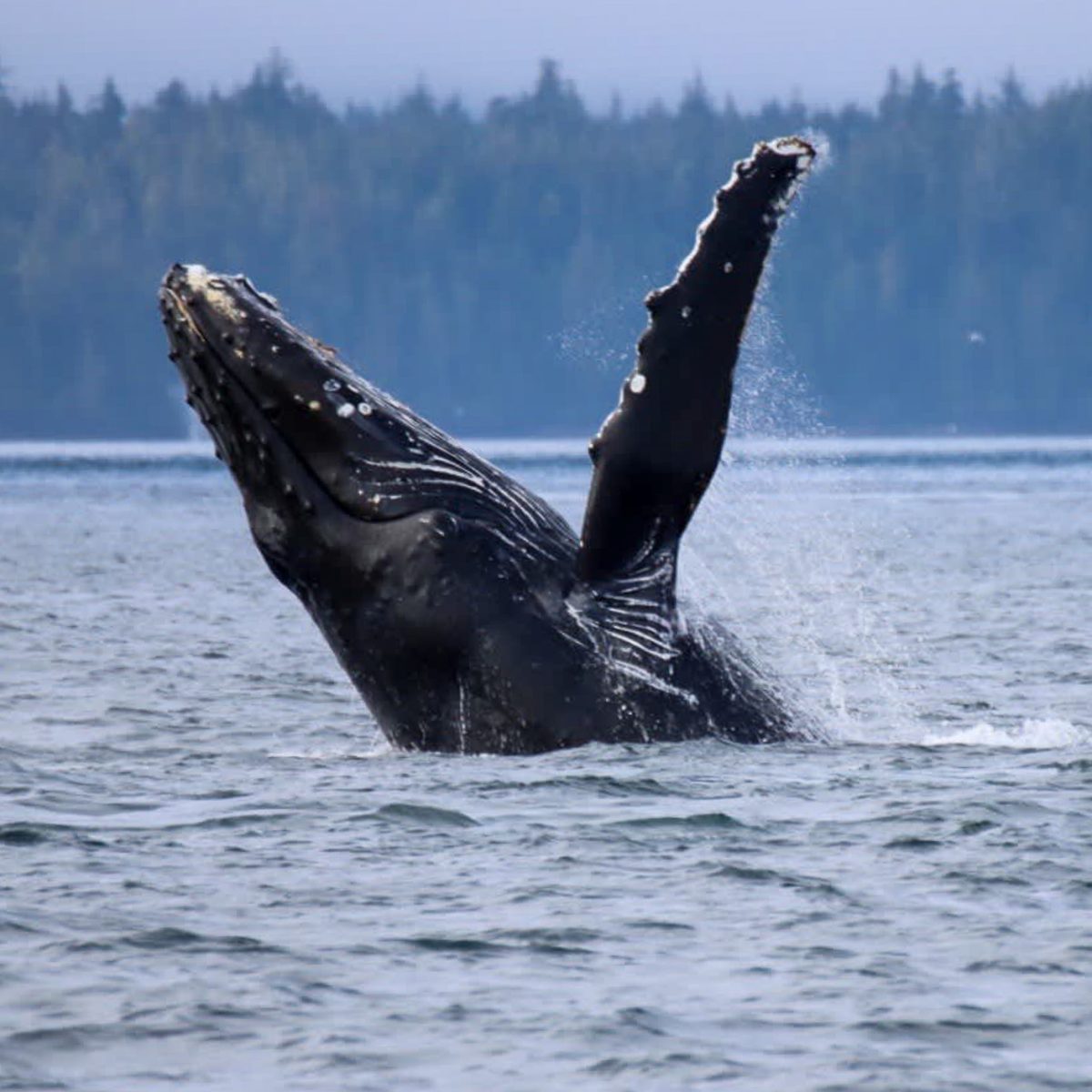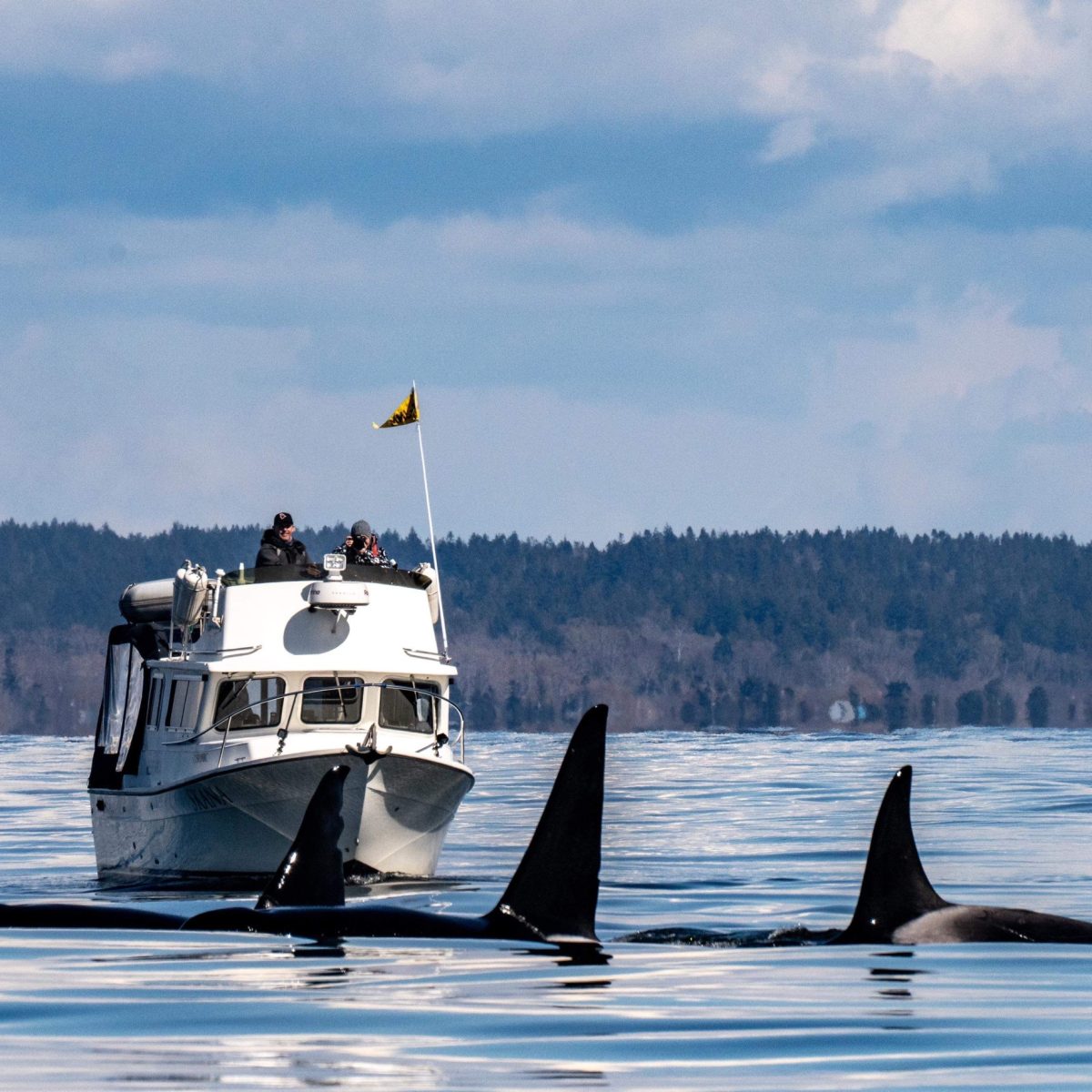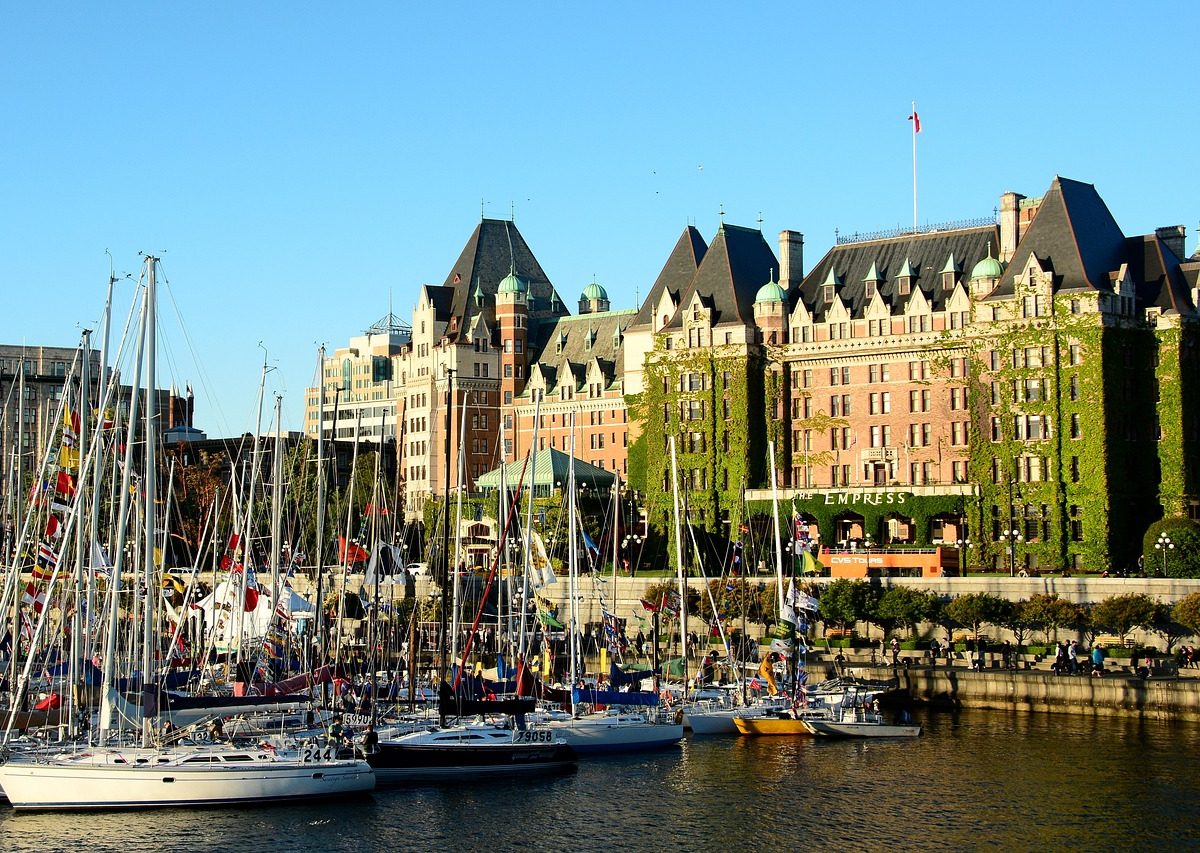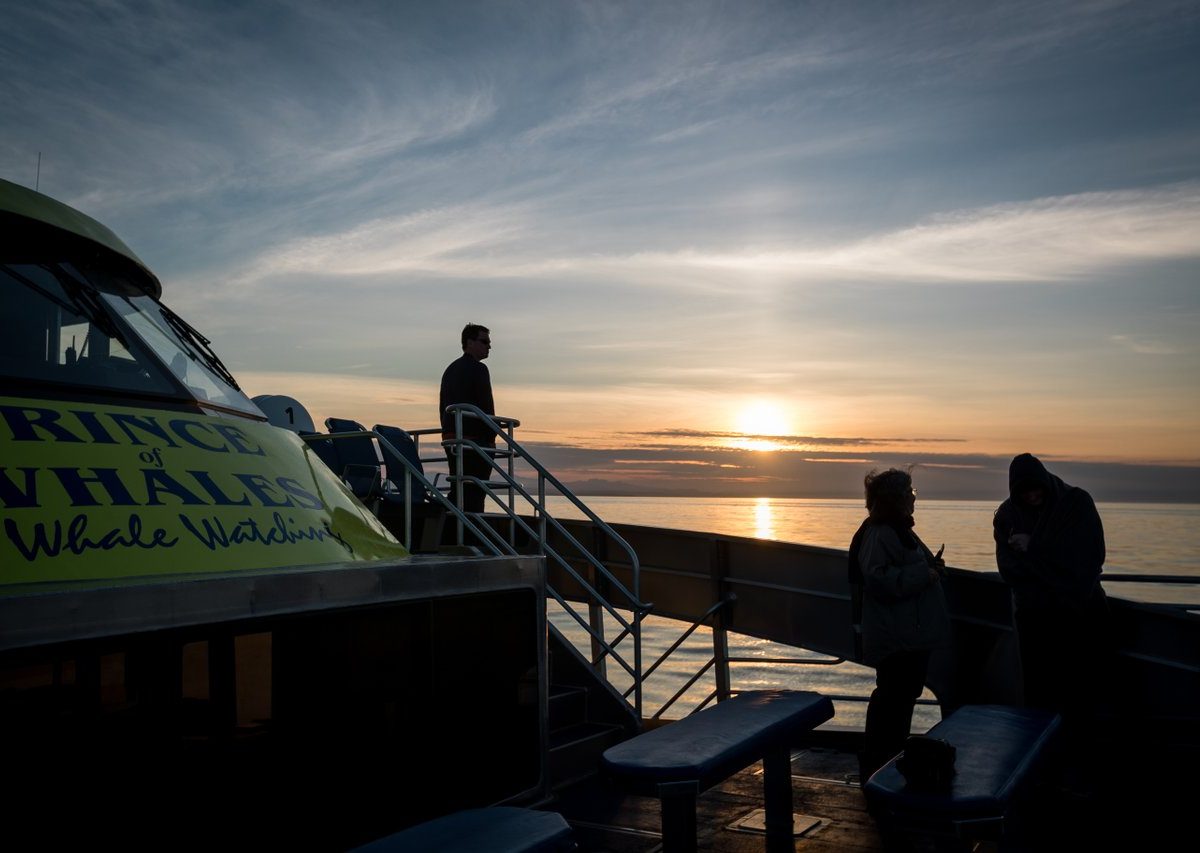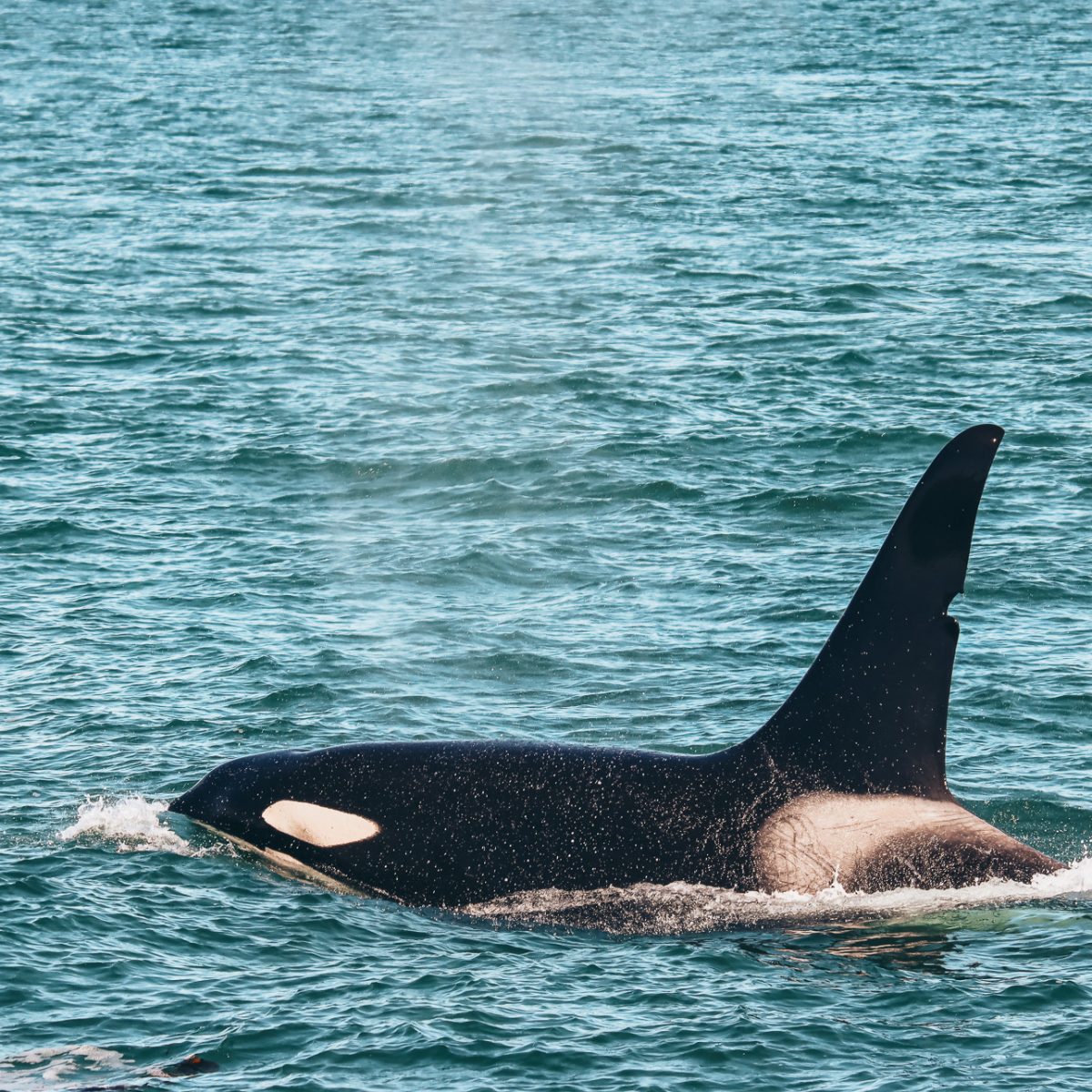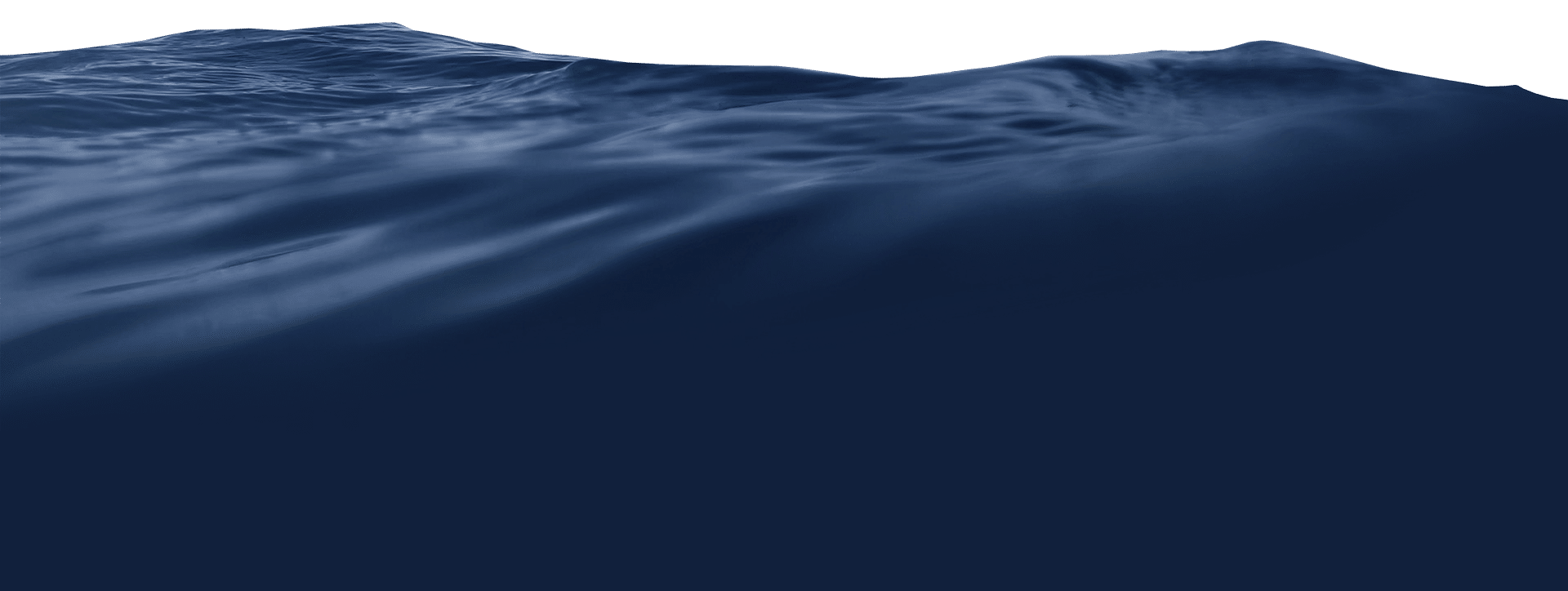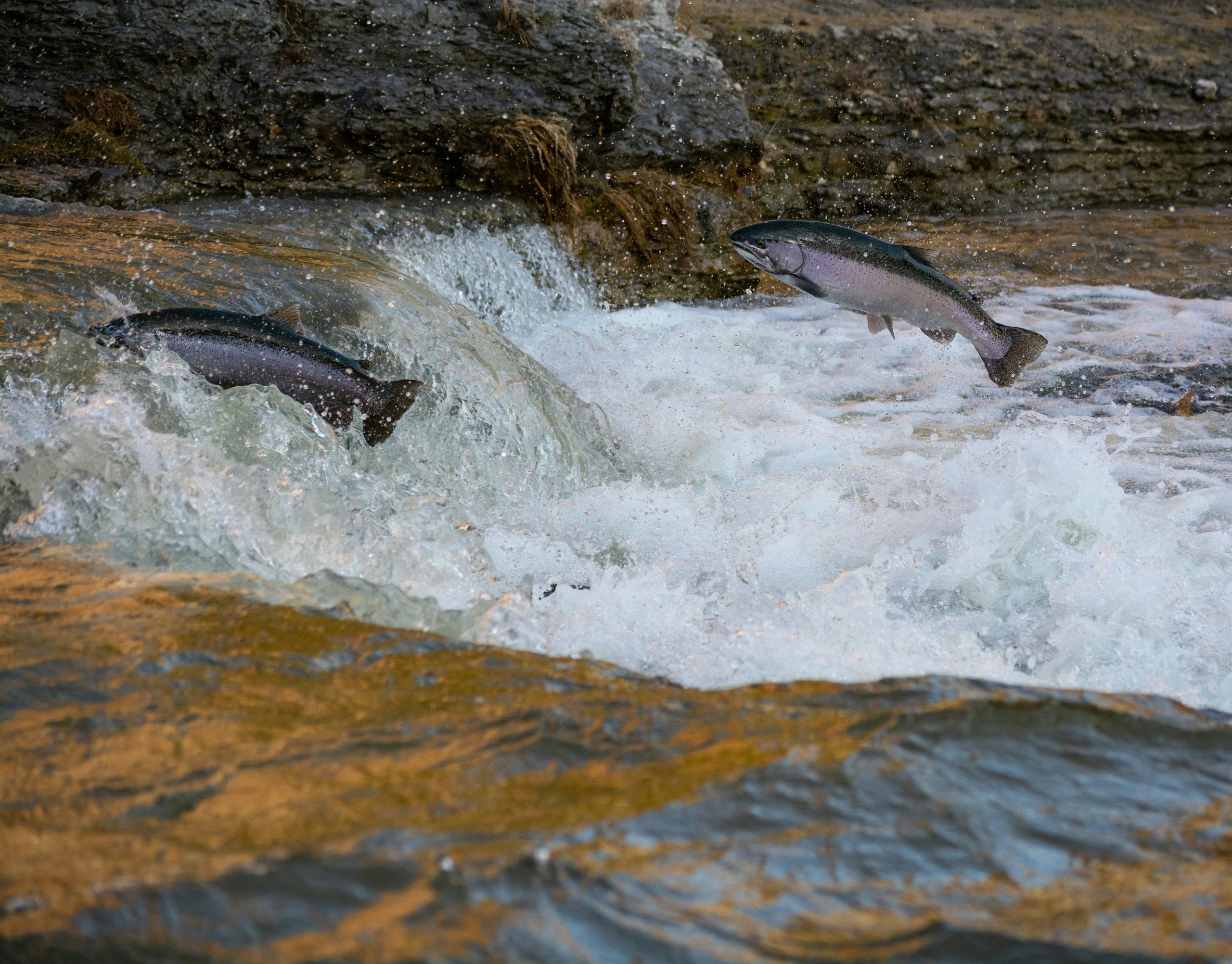
The Salish Sea is one of the most diverse and productive marine ecosystems in the world, home to everything from towering kelp forests and graceful orcas to tiny forage fish and the mighty Pacific Salmon. This interconnected web of life is delicate, and salmon is at its very heart. In this blog, we’ll explore why salmon matter, how the ecosystem depends on them, and what you can do to help protect them.
Salmon: The Beating Heart of the Salish Sea
The Pacific Salmon are a keystone species, meaning they have an outsized impact on the health of the entire ecosystem. They feed a wide range of wildlife, from orcas, seals, and sea lions to eagles, bears, and even the surrounding forest. When salmon die after spawning, their bodies bring nutrients from the ocean back to the land, enriching soils and supporting plant growth.
Salmon are also an indicator species, reflecting the overall health of both marine and freshwater habitats. If salmon are thriving, the ecosystem likely is too.
Salmon is very important in the culture and well-being of Indigenous communities along the coasts of British Columbia, and their historical knowledge and tradition are key to the preservation of salmon.
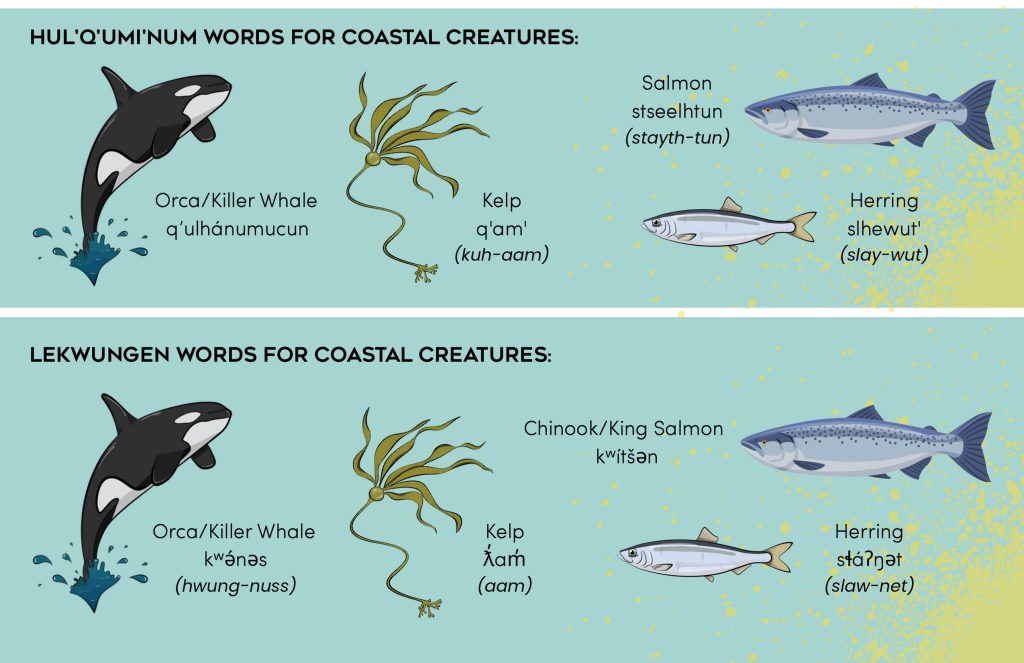
The Pacific Salmon Species
In the Salish Sea, you can find Chinook, Chum, Coho, Pink, and Sockeye salmon at different times of the year.
- Chinook: The largest Pacific salmon and the preferred prey of endangered Southern Resident Killer Whales, making up about 80% of their diet.
- Chum: Known for their large spawning runs in late fall; important to many marine and terrestrial species.
- Coho: Recognized for their acrobatic jumps and often found in nearshore waters before heading upriver to spawn.
- Pink: The smallest Pacific salmon, abundant in odd-numbered years in this region.
- Sockeye: Famous for their bright red spawning colour and long migrations; some populations pass through the Salish Sea en route to spawning grounds.
While Chinook numbers are improving in some regions, like the Fraser River and Vancouver Island, other areas, such as the Skeena, Nass, and Yukon, are experiencing steep declines.
The Coastal Food Web
The Salish Sea’s food web is a chain of life. Remove a link, and the whole system suffers.
1. Phytoplankton & Zooplankton: Tiny drifting organisms at the base of the food chain, feeding small fish, shellfish, and more.
2. Kelp Forests: Vital nursery for forage fish, juvenile salmon, crabs, and even sea otters. They also capture & store carbon.
3. Forage Fish: Species like Pacific herring, sand lance, and surf smelt feed salmon, humpback whales, and seabirds.
4. Salmon: A crucial food source for both marine and land animals.
5. Killer Whales: Bigg’s killer whales hunt seals and sea lions, while SRKWs feed exclusively on salmon.
6. Humans: Our economy, culture, and food security depend on a healthy coast.
7. Coastal vegetation: Key to protecting coastal ecosystems, providing terrestrial food sources and healthy spawning grounds.

Threats to Salmon
The decline in salmon populations is driven by multiple, overlapping factors:
- Changing ocean conditions
- Overfishing
- Loss of habitat, particularly estuaries where fresh and salt water mix
- Pollution, including toxic tire chemicals like 6PPD-Q, which cause mass coho die-offs
- Predation pressure on juvenile salmon
- Climate change, which raises water temperatures, increases disease risk, and damages spawning areas through floods, droughts, and wildfires
How You Can Help
Protecting salmon starts with small, everyday actions:
- Be mindful of storm drains – Everything that goes in can end up in salmon habitat.
- Green your yard – Plant native species, avoid fertilizers, and do not use astroturf.
- Manage runoff – Support rain gardens, permeable paving, and other green infrastructure.
- Dispose of chemicals responsibly – Never pour paint, oil, or other pollutants into drains.
- Wash cars properly – Use a professional car wash or wash on grass/gravel to prevent dirty water from flowing into drains.
- Reduce your carbon footprint – Choose alternative transportation, buy local, waste less, and save energy and water.
Be a Steward of the Salish Sea
From volunteering with forage fish monitoring programs to supporting habitat restoration, there are countless ways to give back to the coast. By protecting salmon, you’re protecting an entire ecosystem; one that sustains wildlife, supports local economies, and inspires people from around the world.
Salmon spawning season is beginning in BC, and as a keystone species, salmon are vital to the health of our ecosystems. Protecting them is essential, which is why we’re proud to support the Pacific Salmon Foundation in their conservation efforts.
Learn more and get involved:
